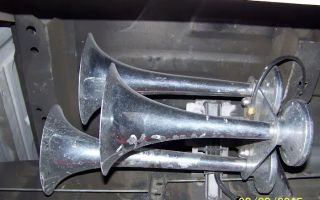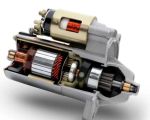- 1-Understanding-The-Importance-Of-Checking-Car-Fluid-Levels
- 2-Step-By-Step-Guide-To-Check-Engine-Oil-Levels
- 3-Checking-Coolant-Levels-To-Prevent-Overheating
- 4-How-To-Inspect-Brake-Fluid-Levels-Safely
- 5-Transmission-Fluid-And-Power-Steering-Fluid-Checks
- 6-Common-Mistakes-To-Avoid-When-Checking-Fluids
- 7-Real-Life-Examples-Showing-The-Benefits-Of-Regular-Fluid-Checks
- 8-Where-To-Find-Automotive-Tools-And-Support
Understanding the Importance of Checking Car Fluid Levels
Regularly checking car fluid levels is a critical part of vehicle maintenance that keeps your car running smoothly and prevents costly repairs. Fluids like engine oil, coolant, brake fluid, transmission fluid, and power steering fluid ensure your vehicle's systems function optimally.
Neglecting fluid levels can lead to engine damage, overheating, brake failure, or steering issues, making routine checks an essential safety and longevity measure.
Step-by-Step Guide to Check Engine Oil Levels
To check your engine oil, first park on a level surface and let the engine cool. Locate the oil dipstick, pull it out, wipe it clean, then reinsert and remove it again to read the oil level. The oil should be between the minimum and maximum marks.
If low, add the recommended oil type carefully. Monitoring oil quality and level helps prevent engine wear and overheating.
Checking Coolant Levels to Prevent Overheating
Coolant keeps your engine from overheating by regulating temperature. Check the coolant reservoir when the engine is cold, ensuring the fluid level lies between the minimum and maximum indicators.
If low, top off with the appropriate coolant mix, avoiding opening the radiator cap when hot to prevent burns.
How to Inspect Brake Fluid Levels Safely
Brake fluid is vital for responsive braking. Locate the brake fluid reservoir, usually near the firewall, and check that fluid levels are within recommended marks. Use a clean cloth to prevent contamination.
Low brake fluid may indicate leaks or worn brake pads, requiring prompt attention from a mechanic.
Transmission Fluid and Power Steering Fluid Checks
Transmission and power steering fluids aid smooth gear shifts and easy steering. Use the specific dipsticks or reservoirs for these fluids, following manufacturer guidelines for checking levels and fluid condition.
Discolored or burnt-smelling fluids suggest it’s time for a change, which helps avoid transmission and steering system failures.
Common Mistakes to Avoid When Checking Fluids
Avoid checking fluids immediately after driving, as hot engine parts can give inaccurate readings or cause injury. Use manufacturer-recommended fluids only, and never mix different types indiscriminately.
Ignoring warning signs like fluid leaks or dashboard alerts can lead to severe vehicle damage.
Real-Life Examples Showing the Benefits of Regular Fluid Checks
Tom, a daily commuter, credits regular fluid checks for preventing an overheating incident during a summer drive. Similarly, Anna caught a brake fluid leak early, avoiding a potential accident and costly repairs.
These stories demonstrate how simple maintenance routines protect safety and extend vehicle life.
Where to Find Automotive Tools and Support
For reliable automotive maintenance tools and expert support, visit Rescue & Towing. Their quality products and professional advice make it easier for you to maintain your car's fluids and overall health effectively.
Equip yourself with the right tools and knowledge to keep your vehicle in top condition for years to come.





























